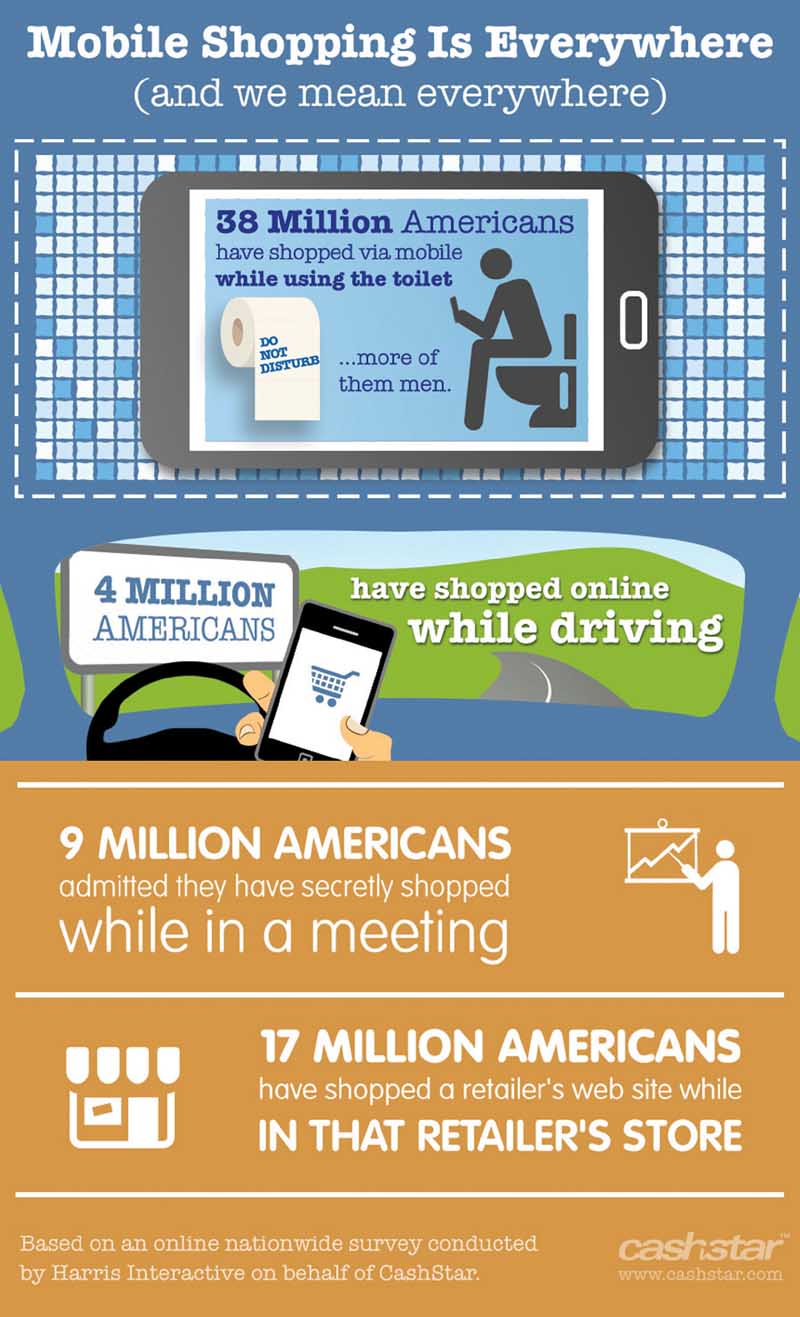 WASHINGTON D.C., Oct 20, 2009 – Retailers are about to embark on the holiday season of the serious bargain hunter. According to NRF’s 2009 Holiday Consumer Intentions and Actions Survey, conducted by BIGresearch, U.S. consumers plan to spend an average of $682.74 on holiday-related shopping, a 3.2 percent drop from last year’s $705.01.
WASHINGTON D.C., Oct 20, 2009 – Retailers are about to embark on the holiday season of the serious bargain hunter. According to NRF’s 2009 Holiday Consumer Intentions and Actions Survey, conducted by BIGresearch, U.S. consumers plan to spend an average of $682.74 on holiday-related shopping, a 3.2 percent drop from last year’s $705.01.
“While last holiday season was filled with chaotic confusion, adjusting to uncertainty has now become routine for many Americans,” said NRF President and CEO Tracy Mullin. “This holiday season will be a bit of a dance between retailers and shoppers, with each group feeling the other out to understand how things have changed and how they must adapt.”
Americans’ eagle-eye on bargain hunting is adjusting the priorities of many shoppers. According to the survey, more than half of holiday shoppers say that sales and price discounts (43.3%) or everyday low prices (12.7%) will be the most important factor when deciding where to shop. Factors like selection (21.0%), quality (11.8%), convenience (4.9%) and customer service (4.4%) declined from last year.
Not surprisingly, the majority of holiday shoppers (70.1%) will purchase from discounters this year, though more than half (55.8%) will also shop at department stores. Grocery stores (45.0%), the Internet (42.4%), clothing stores (33.8%) and electronics stores (31.8%) will also be popular destinations. In addition, one in ten holiday shoppers (11.4%) will buy gifts or other holiday-related merchandise at thrift stores or resale shops.**
Retailers are compensating for soft sales this holiday season by cutting back on inventory. According to NRF’s Port Tracker report, released in September, traffic to the nation’s ports has scaled back to levels not seen since 2003.
“In anticipation of weak demand, many retailers scaled back on inventory levels to prevent unplanned markdowns at the end of the season,” said NRF President and CEO Tracy Mullin. “Once the most popular items are gone, retailers won’t have anywhere to get them, so if there was ever a holiday season to buy early, this is it.”
Whether they’re shopping to get the best selection or trying to stretch out spending over a longer period of time, many holiday shoppers are starting early. According to the survey, 39 percent of Americans will begin their holiday shopping before Halloween, which is comparable to previous years.
As in previous years, three-fourths of Americans’ holiday budget will be spent on gifts. While spending on family members will decline by a slight two percent ($387.06 in ’09 vs. $395.15 in ’08), gifts for friends ($66.77 vs. $80.13) and co-workers ($19.26 vs. $22.63) will see double-digit drops. Americans also plan to spend about five percent less ($34.81 vs. $36.88) on “other” gifts for people like babysitters, teachers and clergy.
Candy and food spending may be one bright spot this year, with the average person planning to spend $10 more in that category than last year ($90.26 in 2009 vs. $80.28 in 2008). Spending on other non-gift categories like decorations ($40.75 in ’09 vs. $43.45 in ’08), greeting cards and postage ($26.77 vs. $27.39), and flowers ($17.05 vs. $19.10) is expected to drop.
“While the economic climate has shown some improvement from last holiday season, retailers are not out of the woods yet,” said Phil Rist, Executive Vice President, Strategic Initiatives, BIGresearch. “With a variety of factors still up in the air, including uncertainty over job security, many Americans just aren’t buying into the talk of recovery.”
Though Americans were less inclined to purchase gift cards last season, the popular gifts retain their spot at the top of the list among gift recipients. According to the survey, 55.2 percent of adults would like to receive a gift card this holiday season, with clothing (48.8%), books and DVDs (48.6%) and electronics (33.2%) among other popular choices.
NRF continues to expect holiday sales to decline 1.0 percent to $437.6 billion.



